
Litecoin (LTC) Transaktionen: Gebühren, Geschwindigkeit, Limits
Litecoin wurde 2011 eingeführt, um die Einschränkungen der ersten Krypto, Bitcoin, zu beseitigen, und hat sich seither zu einem wichtigen Akteur in der Kryptosphäre entwickelt. Mit niedrigen Gebühren, schnellen Abwicklungszeiten und der Unterstützung durch mehrere globale Zahlungsabwickler bleibt Litecoin eine der praktischsten Optionen für alltägliche Transfers.
Heute profitiert Litecoin zudem von modernen Upgrades wie MWEB (MimbleWimble Extension Blocks), das optionale Privatsphäre bietet, sowie Merged Mining mit Dogecoin, was Sicherheit und Stabilität verbessert. Wie bei jeder Krypto können bei LTC-Transaktionen Herausforderungen auftreten — die meisten lassen sich jedoch leicht handhaben. Lesen Sie weiter, um zu erfahren, wie Litecoin-Transaktionen im Jahr 2025 funktionieren.
Wie funktionieren Litecoin-Transaktionen?
Um LTC zu senden, benötigen Sie eine Litecoin-Wallet und die Wallet-Adresse des Empfängers. Nach Eingabe von Adresse und Betrag erstellt die Krypto-Wallet eine Transaktion mit folgenden Schlüsselelementen:
-
eine digitale Signatur, die das Eigentum an den Geldern nachweist;
-
Inputs und Outputs, die Herkunft und Ziel der Coins definieren;
-
eine Kommission, also die in LTC zu zahlende Transaktionsgebühr;
-
und einen Hash, die eindeutige ID, mit der sich die Überweisung auf der Blockchain nachverfolgen lässt.
Die Verifizierung übernehmen Litecoin-Miner mittels des Scrypt-Proof-of-Work-Algorithmus. Da Litecoin im Merged Mining mit Dogecoin betrieben wird, wird die Sicherheit durch eine große Zahl von Minern beider Netzwerke gewährleistet — das erhöht Stabilität und Bestätigungsgeschwindigkeit.
Miner nehmen Transaktionen in einen neuen Block auf, indem sie ein kryptografisches Problem lösen; dafür erhalten sie eine Blockbelohnung sowie die vom Sender gezahlte Kommission. Die Gebühr wird in LTC abgezogen und hängt primär von der Größe der Transaktion in Kilobyte ab — üblicherweise weniger als ein Cent. Komplexere oder umfangreichere Transaktionen (z. B. mit vielen Inputs) kosten etwas mehr.
Die durchschnittliche Blockzeit im Litecoin-Netzwerk beträgt etwa 2,5 Minuten; die erste Bestätigung erfolgt also relativ schnell. Die meisten Wallets und Börsen verlangen 2–3 Bestätigungen, MWEB-Transaktionen mit zusätzlicher Privatsphäre können jedoch 6 oder mehr Bestätigungen erfordern.
Sobald die erforderliche Anzahl an Bestätigungen erreicht ist, gilt die Transaktion als abgeschlossen, wird unumkehrbar und die Gelder erscheinen in der Wallet.
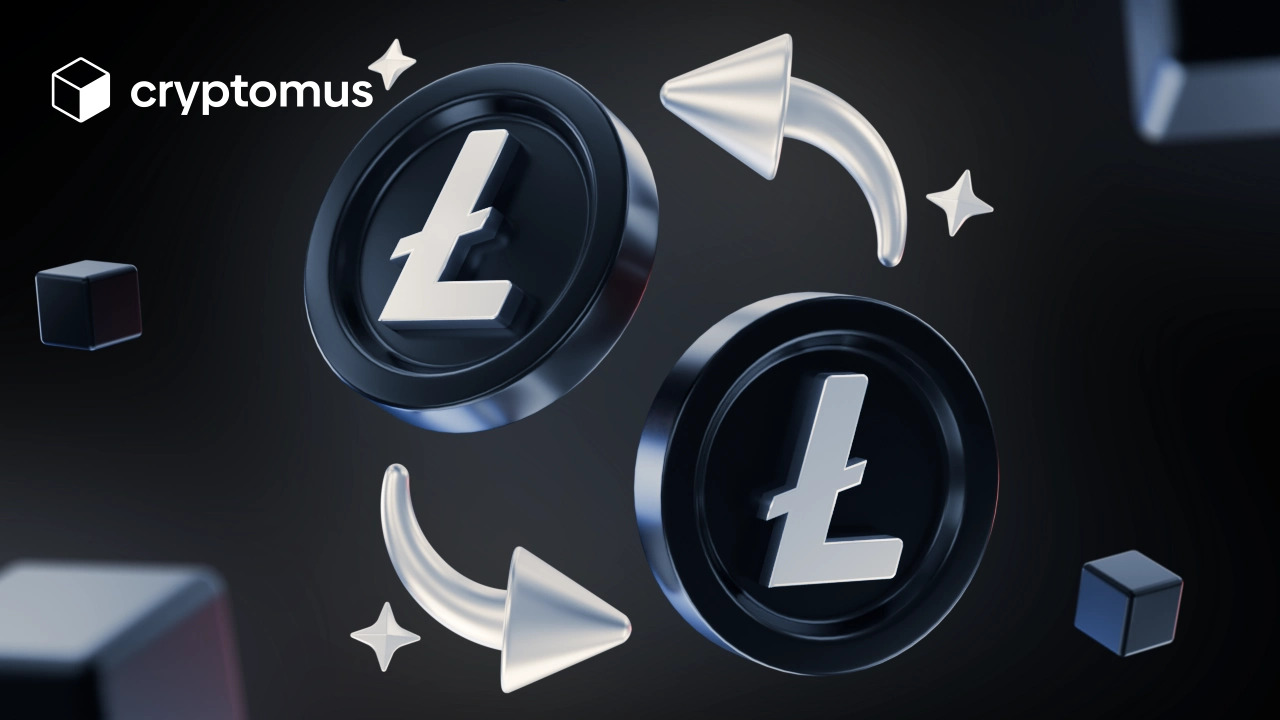
Litecoin-Transaktionsgebühren
Gebühren für LTC-Transfers sind ein wesentlicher Bestandteil des Prozesses, da Kommissionen Miner motivieren, Transaktionen in neue Blöcke aufzunehmen. Je höher die Gebühr, desto eher wird die Transaktion schnell bestätigt.
Besonders an Litecoin-Transaktionen ist, dass sie auf Basis ihrer Größe in Kilobyte berechnet werden. Entsprechend variieren die durchschnittlichen Kommissionen für einen LTC-Transfer von 0,00003 bis 0,0003 LTC (≈ 0,003–0,03 $). Bei Standard-Transaktionen mit 0,25 bis 1 Kilobyte liegt die Kommission bei 0,0001–0,0002 LTC. Zu beachten: In Zeiten hoher Netzwerkauslastung können LTC-Kommissionen steigen, überschreiten jedoch selten 0,10 $.
Wie lange dauert eine Litecoin-Überweisung?
Die Dauer einer Litecoin-Transaktion hängt von den Bestätigungen im Netzwerk ab. Die erste Bestätigung dauert im Durchschnitt 2,5 Minuten, und für Litecoin werden üblicherweise 2–3 Bestätigungen benötigt. Für alle Bestätigungen zusammen kommen also weitere ca. 7,5 Minuten hinzu. Die Litecoin-Blockchain verarbeitet zudem etwa 40–60 TPS (Transactions per Second).
Denken Sie daran, dass sich die Gesamtzeit je nach Netzwerkauslastung ändern kann. Transfers mit niedrigen Gebühren benötigen oft länger, um in einen Block aufgenommen zu werden. Außerdem haben Wallets und Börsen unterschiedliche Richtlinien zur Anzahl der Bestätigungen — auch das beeinflusst die Zeit.
Warum ist Ihre Litecoin-Transaktion ausstehend?
Mitunter bleiben LTC-Transaktionen unvollständig — meist, weil sie noch nicht bestätigt wurden. Gründe können technische Netzwerkprobleme oder die Komplexität der Transaktion sein. Details:
-
Netzwerküberlastung: Bei hoher Aktivität füllt sich der Mempool mit ausstehenden Transaktionen. Miner kommen mit der Verarbeitung nicht hinterher — Verzögerungen sind die Folge.
-
Probleme mit Wallet oder Börse: Der für den Transfer genutzte Dienst kann interne technische Verzögerungen haben (z. B. langsamere Verarbeitung). Dadurch kann die Transaktion auf „ausstehend“ verbleiben.
-
Niedrige Kommission: Wird die Transaktionsgebühr zu niedrig angesetzt, kann die Transaktion lange im Mempool bleiben, da Miner höher vergütete Transfers bevorzugen.
-
Große Transaktionsgröße: Transaktionen mit großem Betrag oder hoher KB-Größe belegen mehr Platz und erfordern meist eine höhere Kommission. Ist die Gebühr zu gering, kommt es zu Verzögerungen.
Wie prüft man LTC-Transaktionen?
Wenn Ihre LTC-Überweisung den Empfänger noch nicht erreicht hat, können Sie den Status prüfen. Das geht mit Blockchain-Explorern. So gehen Sie vor:
-
Schritt 1: Transaktions-Hash besorgen. Öffnen Sie den Transaktionsverlauf Ihrer Krypto-Wallet oder Börse, suchen Sie die Transaktion und kopieren Sie deren ID.
-
Schritt 2: Dienst auswählen. Wählen Sie einen Litecoin-Explorer, z. B. Blockchair (https://blockchair.com/litecoin), SoChain (https://sochain.com/explorer/LTC) oder Litecoin.net Explorer (https://litecoin.net/explorer) — damit prüfen Sie schnell Bestätigungen, Gebühren, Blockstatus und vollständige Details.
-
Schritt 3: Transaktion finden. Fügen Sie den Hash im gewählten Dienst in die Suchleiste ein und klicken Sie auf „Find“. Die gewünschten Daten werden angezeigt.
-
Schritt 4: Informationen ansehen. Klicken Sie auf die Transaktion; Sie sehen den Status (z. B. „confirmed“ oder „pending“) sowie alle weiteren Angaben, inkl. Anzahl der Bestätigungen, Kommission etc.
Wenn Sie wissen, in welcher Verarbeitungsphase sich Ihre Transaktion befindet, können Sie besser einschätzen, wann die Litecoins in der Wallet ankommen. Bleiben Sie zudem mit dem Empfänger in Kontakt bzw. prüfen Sie die Ziel-Wallet, um über den Status informiert zu sein.
Litecoin ist eine gute Lösung für alltägliche Transfers und eine bequeme Zahlungsmethode. Mit modernen Features wie MWEB, breiter Unterstützung durch globale Zahlungsabwickler und konsequent niedrigen Transfergebühren sticht LTC sowohl für private als auch geschäftliche Transaktionen als praktische Wahl hervor. Prüfen Sie vor einer Überweisung stets Netzwerkauslastung, Bestätigungsrichtlinien Ihrer Wallet und Ihre Privatsphäre-Bedürfnisse — und wählen Sie die Methode, die am besten zu Ihren Zielen passt.
Vielen Dank fürs Lesen! Wir hoffen, der Artikel war hilfreich und unterstützt Sie bei fundierten Entscheidungen. Haben Sie bereits Erfahrungen mit Litecoin gesammelt oder Fragen? Stellen Sie sie gern in den Kommentaren.
Bewerten Sie den Artikel
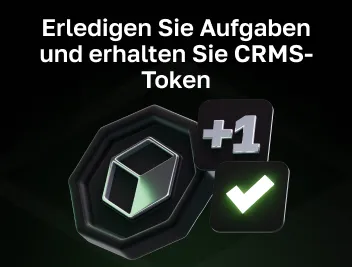
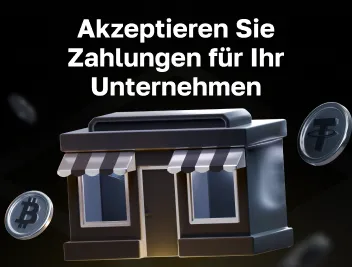
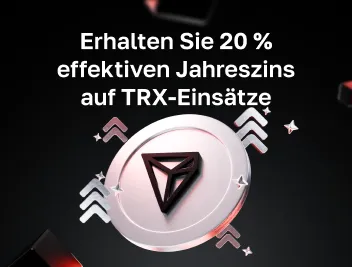
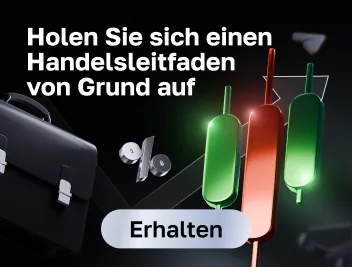
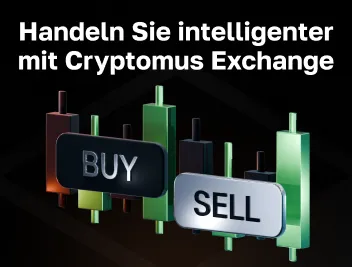



kommentare
0
Sie müssen eingeloggt sein, um einen Kommentar abzugeben